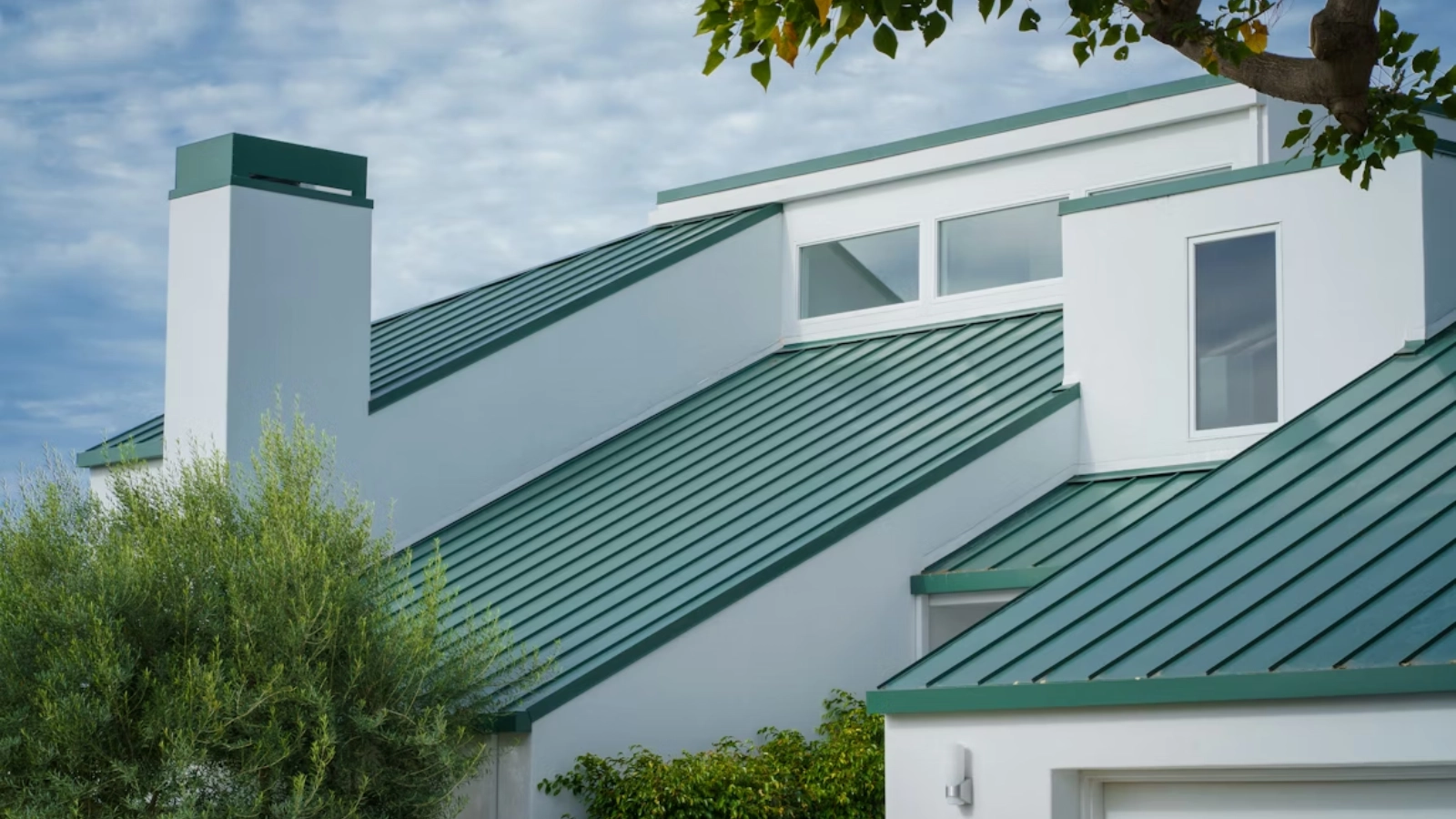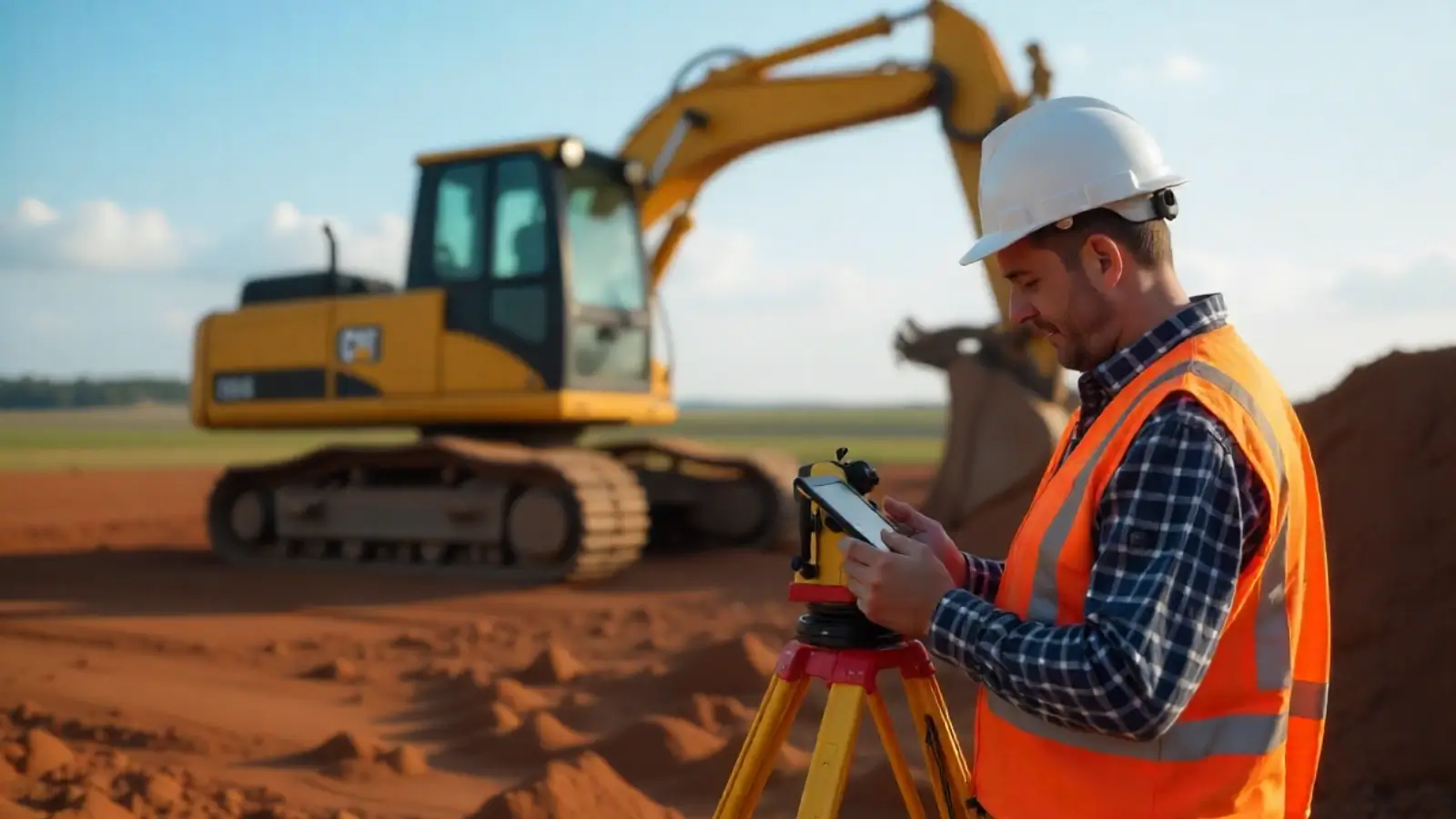The construction, advanced security features, and design make commercial safes the best bet for business security. They shield your business secrets, cash, and documents from theft, fire, and unauthorized access. Here are the key elements that define the security of commercial safes and make them secure.
Build
Commercial safes are constructed using reinforced, hardened steel that resists cutting, drilling, and prying attempts. Even after decades of use, they can withstand extreme heat, force, and corrosion. The high-tensile steel is often combined with additional layers of composite alloys to create an unbeatable defense. Some models contain composite fillings of ceramic or carbide particles that dull drill bits and saws. Therefore, it is hard to breach despite the effort and tools.
Locking Mechanism
Safe manufacturers continue to develop sophisticated mechanisms to restrict access to authorized individuals. There are three main categories of locking mechanisms. First, mechanical locks are a classic choice. They use combination dials that need a precise alignment to open. The lock is simple and highly reliable since it is independent of electricity and immune to hacking.
The second is electronic locks. As technology evolves, electronic keypad locks are a common choice. They allow for programmable access codes and time-delayed openings that deter unauthorized access. Third is biometric locks. They are a great option for sensitive businesses that need cutting-edge security. They rely on fingerprint or retina scans for access, so only pre-registered people can open the safe. It is more secure since it eliminates risks associated with leaked combinations or lost keys.
Some high-end commercial safes have multiple locking mechanisms, such as an electronic lock backed by a mechanical override or biometric access. The redundancy prevents inconveniences in case one system fails.
Relocking Trigger
Commercial safes have relocking triggers. Relocking activates during an attempted break-in, e.g., if a thief tries to tamper with the lock or inputs the wrong combination. When triggered, the system engages additional steel bolts and secures the door further to make it harder to open without prolonged effort or heavy-duty tools. It is a ‘self-defense’ feature that buys you and law enforcement time in case of an attempted breach. Relocking shows commercial safes are built to anticipate and counteract potential threats.
Fire and Heat Resistance
Besides avoiding unauthorized access, commercial safes protect the contents against environmental disasters, especially fire. There are fire-rated commercial safes rigorously tested to protect contents when exposed to extreme temperatures for a predetermined period before help arrives.
A fire-resistant safe can guarantee protection for up to two hours at temperatures as high as 1,700 degrees Fahrenheit. They have specialized insulation materials like perlite or vermiculite between the inner and outer layers. These materials absorb and dissipate heat and keep the safe's interior temperatures low enough to preserve electronics, cash, and sensitive documents. Some are water-resistant and protect contents from sprinkler systems, flooding, and fire hoses, an often overlooked feature.
Customization
Commercial safes are not standard. Since different businesses have varying security requirements, commercial safes allow for customization. Features like size, shelving, interior lighting, and integration with alarm systems can be as unique as the business it serves. Thus, the safe offers maximum security depending on your needs without compromising functionality.
Certification
Still don’t trust commercial safes? The certifications might change your mind. Any reputable commercial safe undergoes rigorous testing by independent agencies to ensure it meets or exceeds the security standards. Common certifications are:
-
Underwriters Laboratories (UL): UL-rated safes are thoroughly tested against forced entry, fire, and other threats. Ratings such as UL TL-15 or UL TL-30 indicate how long the safe can withstand a professional attack using specific tools.
-
European EN Ratings: These standards are common in Australia, with ratings like EN 14450 and EN 1143-1 covering various levels of security.
-
Fire Ratings: Certifications like NT Fire 017 or UL 72 specify how long a safe can protect its contents during a fire.
Prioritize certified models since the ratings act as a benchmark of reliability and quality. Certifications distinguish genuine security solutions from cheaper, less effective alternatives.
Integration with Modern Security Systems
Safes are not standalone entities. Most safe models integrate with modern security systems for better control and monitoring. Some allow remote access and monitoring where the owner can monitor access logs, set alerts, or lock the safe remotely. Others have built-in sensors that activate alarms when they detect unauthorized access attempts. Integration has safes as a deterrent and an active part of the business's security strategy. It adds a layer of accountability since it records every access attempt, records that can be reviewed later.
A commercial safe is a storage solution and an investment in the security, resilience, and continuity of a business. They are built to withstand threats and evolve with the changing security needs. Order your commercial safe from Safes Australia.
















